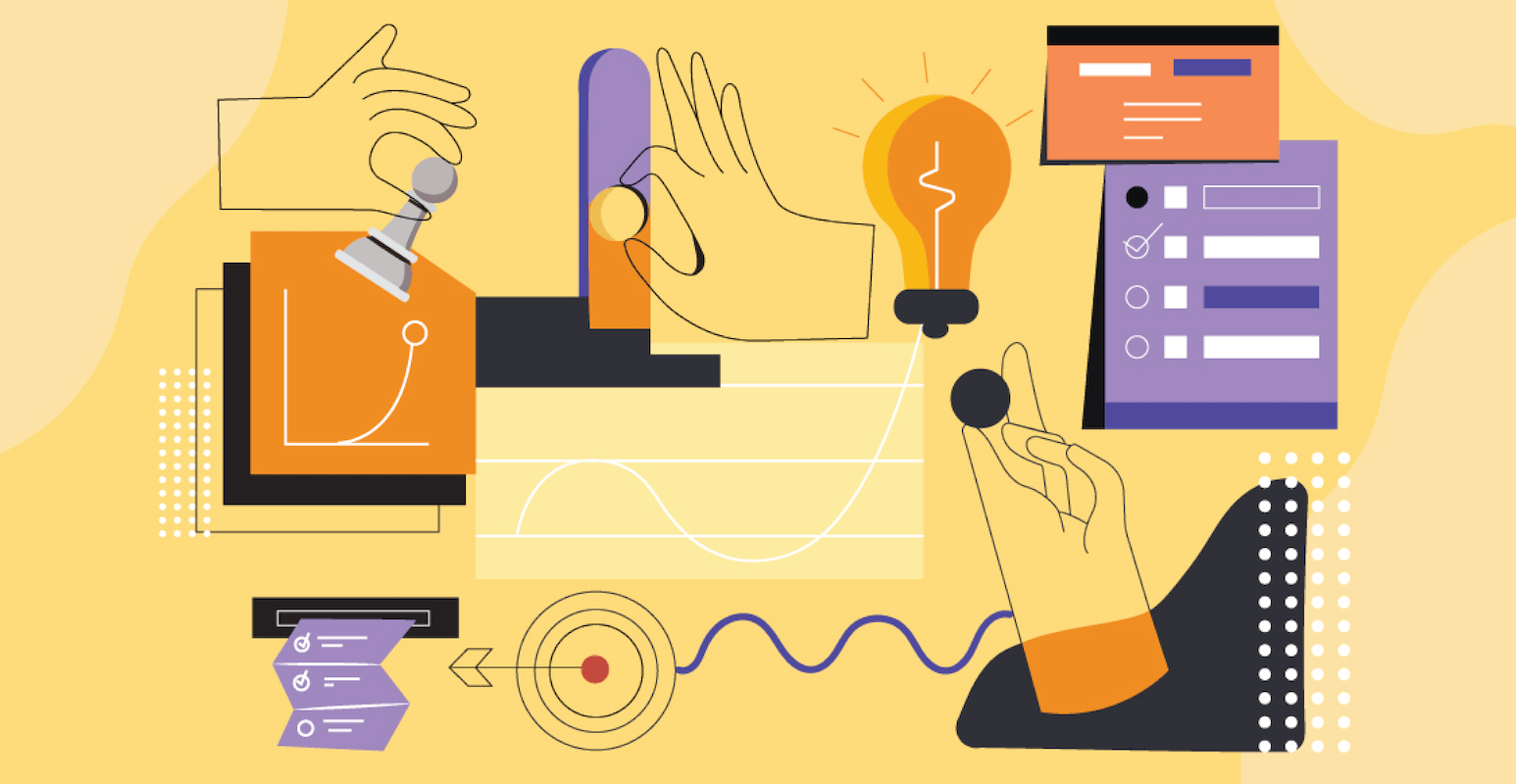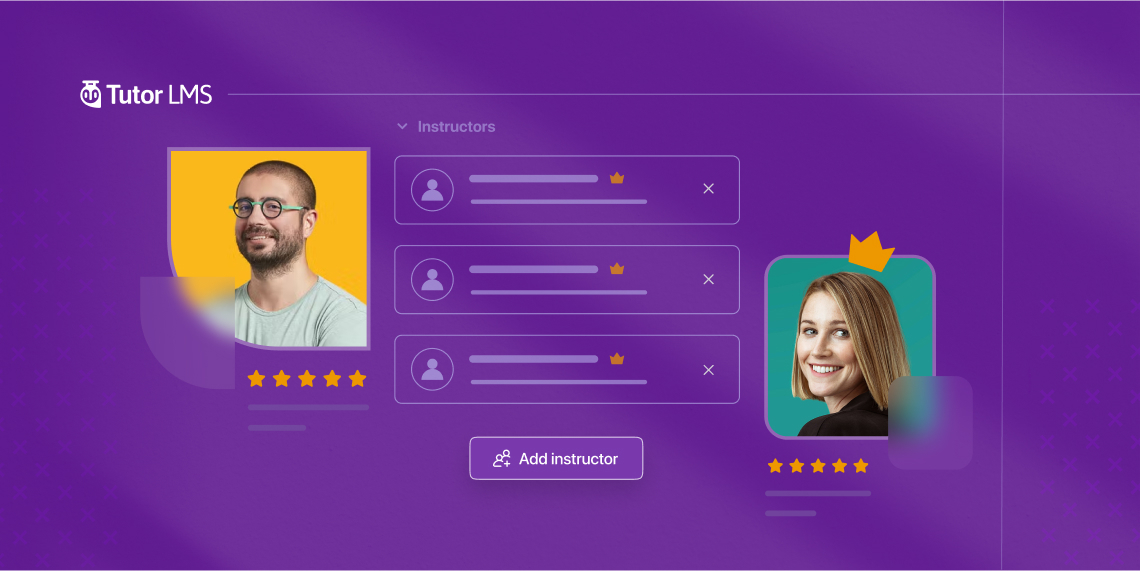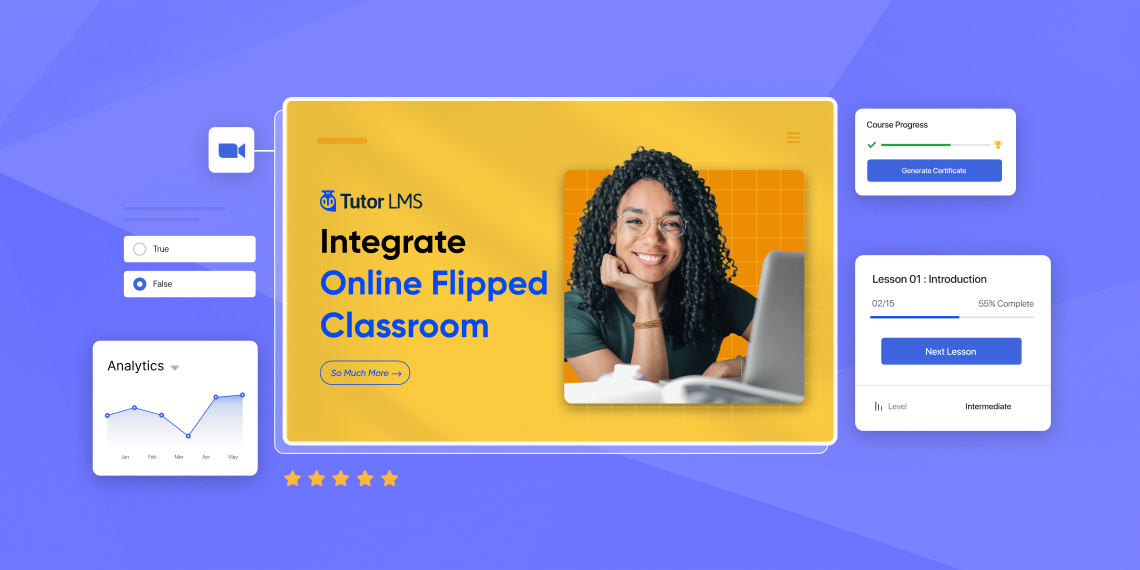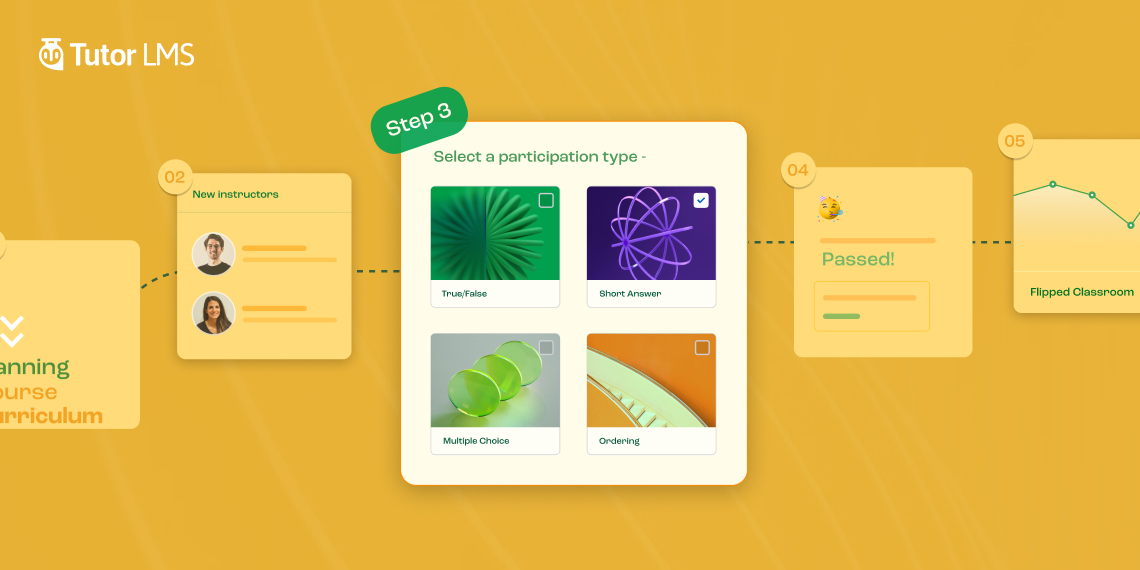Every big thing starts with just a simple idea!
The ultimate success of that idea depends on how effectively someone turns that idea into reality. Because this endeavor necessitates various professional tasks, including prototyping, assembling prerequisite components, and implementing knowledge, among others.
The best method of organizing all of these activities is mind mapping. Now you may ask what exactly mind mapping is, what the benefits are, or how it can be applied in the realm of eLearning. Well, we are going to answer all of your questions one by one. Let’s start.
What is Mind Map
The mind map is a graphical interface that visualizes an idea along with the implementation process. In eLearning, mind mapping helps both the teachers and students present notes, lectures, or research items more delicately. You may imagine the mind map as a more effective and multi-functional knowledge tree.
Every mind map consists of multiple branches and sub-branches to represent a topic properly. But, you must use the centrifugal approach here instead of the traditional linear structures. This centrifugal approach will make the whole idea visible pretty well than others.
Why Should You Care about Mind Maps in the eLearning Industry
Mind mapping is an effective tool in the eLearning industry. It helps both the tutors and educators maximize the overall learning experience. David A Boley II, a researcher at Johns Hopkins University, conducted research on the effectiveness of mind mapping. According to his research, mind mapping can increase students’ grades by 10%.
Well, there are also other benefits of using mind maps on eLearning. In this section, we’ve listed a few of those. Let’s have a look now.
- Declutter the jumbled topics – The core idea of mind mapping is presenting the whole course design in a simpler centrifugal diagram. Thus the tutors and students can easily find out their content gaps and decluttering topics in their course.
- Helps to design an in-depth course curriculum – Designing a full-fledged eLearning course takes a hella lot of time. And, the most crucial part of this course development process is creating a well-structured course curriculum. But, an appropriate mind mapping not only makes this process easier but also makes sure that everything is covered in this section.
- Increases productivity of the students – An appropriate mind map helps the students to review the whole course content along with the learning process even before starting the eLearning course. Thus the tutors and students fully focus on developing the course contents. It boosts their productivity.
- Helps in memory retention – The human brain does not store information as paragraphs or words. Instead of that, our brain stores information as pictures or diagrams of a particular topic. As you might know, mind mapping also presents a topic in a centrifugal diagram. It makes information absorption easier than ever. Even a study by the US National Library of Medicine published that mind maps can increase memory retention by 10-15%.
- Improves long-time memory – A crucial aspect of mind mapping is maintaining the course sequence throughout the whole eLearning course. It helps the students to find the relevance among multiple topics as well as connect the previous topics with their new ones. As the students recall their previous lessons every now and then, the possibility of forgetting something reduces drastically.
Overall, these are the major benefits of mind maps in the eLearning industry. However, if someone learns to utilize mind mapping in their student life properly, it helps them to crack complex topics pretty easily than others. Thus they can solve critical business problems or manage large-scale projects more efficiently.
How to Apply Mind Maps in eLearning for Effective Course Development

The sole purpose of applying mind maps in eLearning course development is to make the process easier and more understandable for everyone. To do that, you have to go through five different phases. In this section, we have explained all of those phases in brief. Let’s start with the first phase.
1. Planning Phase
The planning phase is the very first step of applying mind maps in the eLearning course development. We have to conduct the following tasks in this section.
- Planning the course curriculum – At first, plan the course curriculum and declutter those topics. It will help you to categorize the topics and present those sequentially. After the categorization, recheck the whole curriculum and ensure you have included all required topics here.
- Breaking down course contents – After the planning, it’s time to break down the course content into simpler parts. It helps the students to understand the course contents smoothly. Try to teach the easier or basic topics first while breaking down the contents.
- Mapping out the evaluation process – Learning is definitely the most important thing for students. So, the tutor must ensure the proper delivery of his course content. However, that’s not the end of a tutor’s duty. After teaching a course, he must also evaluate the student’s learning growth. That’s why you must mention the evaluation process and exam time on the mind map.
This is the end of our first step of creating a mind map for course development. If you complete all of those three sub-sections properly, it’s time to initiate the second phase.
2. Collaboration Phase
The collaboration phase is the second phase of applying mind maps in the eLearning course development. We will learn to share knowledge and gather new information from the industry experts in this section.
- Create synergy – When two or more teams work together to produce something new, this process is known as synergy. It is beneficial to all of the learner’s groups to gather knowledge and build trust through co-relation and collaboration.
- Collaborating ideas with SMEs – Cracking a real-life problem requires in-depth knowledge about the problems. And the best way of gathering practical knowledge is by conducting sessions with industry experts. A subject matter expert (SME) can help the tutor deliver a better course and ensure that the proper learning material is included in the proper material. However, you can also host live classes in Tutor LMS and invite the SMEs to share their knowledge with the students.
- Gather valuable information from multiple sources – Collaborating with others allows the learners to gather knowledge even more than they are capable of knowing. So, you must include a section where the students collaborate with other people to gain practical knowledge about their lesson.
- Collaborate with other instructors – You can launch an eLearning course by collaborating with other instructors. If you are using an LMS like Tutor LMS, use the Multi Instructors add-on. This feature allows multiple instructors to contribute their expertise and collectively develop a high-quality course.

As you can see, the collaboration phase is really important for the development of students’ knowledge. It not only increases their practical knowledge but also prepares them for the future.
3. Participation Phase
After gathering practical knowledge about their eLearning course, it’s time to participate in solving real-life issues. Here is the list of tasks that you need to accomplish in the participation phase.
- Unlock creativity – A study by IBM published that 60% of CEOs believed that creativity is highly important for leadership. Because it helps the learners to come up with innovative ideas, respond to multiple challenges, or solve problems in a more advanced way. Thus it’s important to ensure that learners have enough time and opportunity to unlock their utmost creativity.
- Utilizing brainstorming tools – Brainstorming is a method of generating ideas to solve a particular problem. It allows the students to think more freely and come up with a perfect solution for any problem. But, if they use some advanced tools, the whole process becomes easier than before. So, encourage the students to utilize brainstorming tools and solve problems more efficiently.
These are the two major parts of the participation phase while designing a mind map for an eLearning course. It ensures that the students can solve problems and lead a team appropriately.
4. Evaluation Phase
The evaluation helps to widen learners’ horizons and ensures their proficiency in a special task. Thus the evaluation phase is a major part of the whole mind map designing process. Let’s have a look at the tasks of the evaluation phase.
- Working as a team – Evaluating a student all by himself is not mandatory. Let the students handle a situation by forming a team. A report by Frontiers published that students can achieve about 10% higher marks on exams and quizzes while working as a team.
- Maintaining study structure – An appropriate evaluation process helps the students stay on the right track throughout the eLearning course. So, every tutor must include a proper evaluation process in their mind map to maintain a proper study structure.
- Analyze exam results – Publishing the exam results isn’t the end of a tutor’s duty. Now, he needs to analyze the student’s performance and take further action according to that. Thus the students will be guided in the right way throughout the whole eLearning course. However, you can easily track students’ performance on Tutor LMS by using the Gradebook add-on.
That’s the end of an eLearning course’s fourth step of mind mapping. Now, it’s time to check the activities of the students after attending an evaluation task.
5. Classroom Flipping Phase

The flipping phase is the last step of designing mind maps for an eLearning course. Flipped learning is the process where the students get the required course materials before starting the class and engage in some pre-class activities.
- Reinforce by flipping learning – Reinforcement is the science of empowering students to make decisions. It helps the students to handle critical situations easily.
- Check lessons before attending a class – This is the main purpose of classroom flipping. As the students have basic knowledge about their course, thus the teaching becomes easier, and students can learn advanced topics in no time.
- Enrich knowledge by learning something every day – Gathering knowledge is a continuous task. There is no alternative to learning something new every day. And an appropriate mind map helps the students create a roadmap about what they will learn in future classes.
Overall, implementing the flipped classroom method increases a student’s overall performance. So, you must include it on the mind map of your eLearning course.
Final Word
Learning is supposed to be fun, efficient, engaging, and properly planned. And, only a properly designed mind map can ensure that students will get all of these on their intended eLearning course. Overall, if a trainer can implement mind maps in eLearning courses properly, it ensures meaningful learning for the students.
Start planning your mind maps!
Start Using Tutor LMS Today
Ready to take your online courses to new heights? Download Tutor LMS now and enjoy a journey of eLearning excellence.
